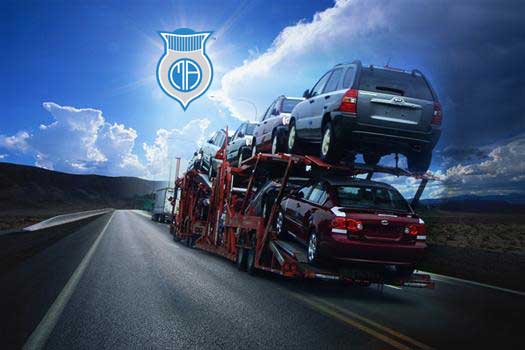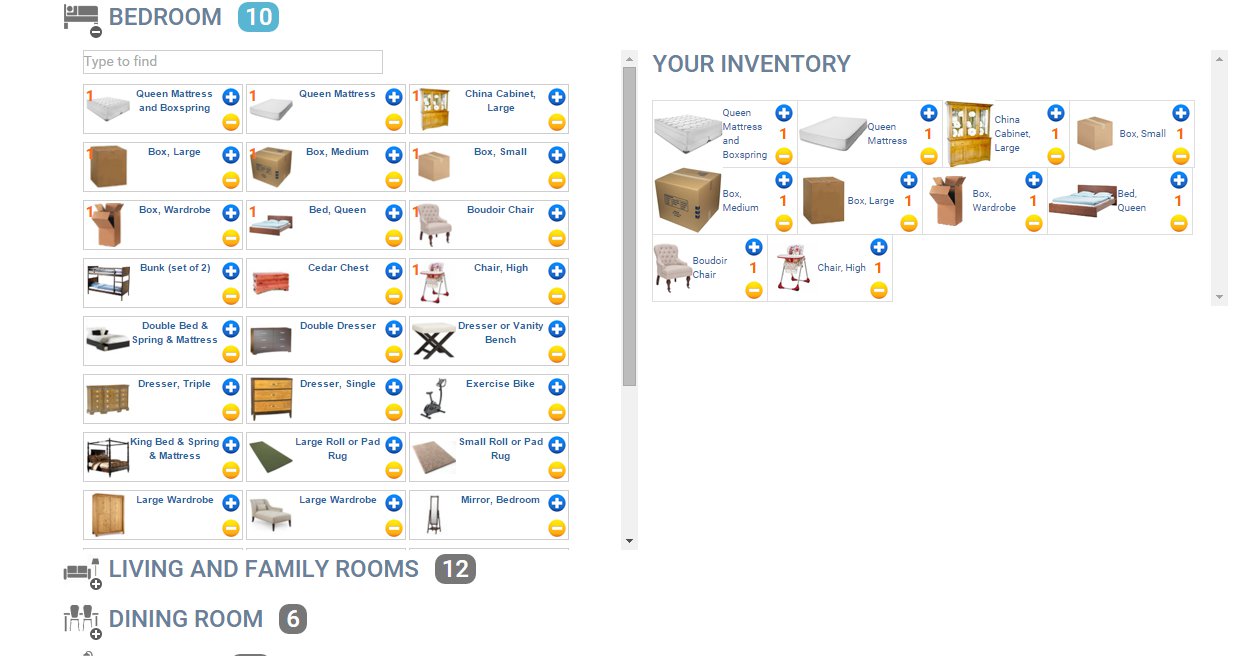Moving Cars From State to State
Moving State to State with Your Car
- Figuring Out What To Do With Your Car
- Shipping Cars State-to-State is Challenging
- Auto-Insurance / Temporary Coverage
- What to Expect From An Auto-Transport Company
- Driving State-to-State Yourself
1. Figuring Out What To Do With Your Car
Moving from one state to another is an expensive, stressful, and highly involved experience. While hiring a moving company can help reduce the stress of moving and can even help reduce the expense of moving, some moving situations require special considerations. Shipping cars from state to state is a special concern that requires additional planning and additional cost.2. Shipping Cars State-to-State is Challenging
What are some of the concerns to have when you need to move vehicles from state to state? The biggest, of course, is finding a company to move the vehicles for you. While the moving company you hire to move your furniture and other property from one state to another may offer services for moving another vehicle, you will most certainly run into the issue of finding moving companies that will not move your vehicles for you. This is because shipping cars from state to state requires special transportation vehicles to complete the job, special tools, and people who are specifically trained to handle the task.
3. Auto-Insurance / Temporary Coverage
Well before you move, check with your auto insurance company to notify them that you will be moving your vehicles and to ask about any stipulations that may apply to shipping cars from state to state. First of all, the rates and conditions of your auto insurance policy are likely to change when you take an insured vehicle from one state to another. Second, you may want to add special temporary coverage for moving your vehicle.
Even if the company you hire to move your vehicles has insurance (and they should), you may want additional coverage to be on the safe side.
4. What to Expect From An Auto-Transport Company
The company you choose for shipping your cars from state to state should be a company that is in the business of moving vehicles. A company like this will be aware of special considerations necessary for moving cars from state to state. In any case, your insurance company needs to be made aware of the move.
Many car moving companies have chosen to list themselves on Moving Authority. You are most likely reading this because you need to move a car. So, what are you waiting for? Moving a car is unlike moving boxes. It requires a special company, which utilizes special equipment and employees. When cars move, they take a lot more effort on the part of the customer. Moving Authority believes that things should not be hard. So, we want to offer you our services. Call us today for more car moving information.
5. Driving State-to-State Yourself
Of course, if you have the driving skills and confidence to move a car from one state to the next and you have the equipment necessary to secure the vehicle, moving it yourself can save you a lot of money. In a case where you move the vehicle yourself, however, conferring with your insurance company becomes even more essential. Without using a professional service, it’s almost certain additional coverage might be needed.
Unless you know what you are doing, however, moving cars from state to state on your own might not be worth the money you save. Consider the work involved and the dent in your budget it will make, the rental cost of equipment (unless you own proper equipment) versus the cost of a moving company, and the extra time shipping cars from state to state will require before you decide to do it on your own.



Add Comment